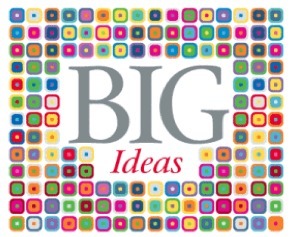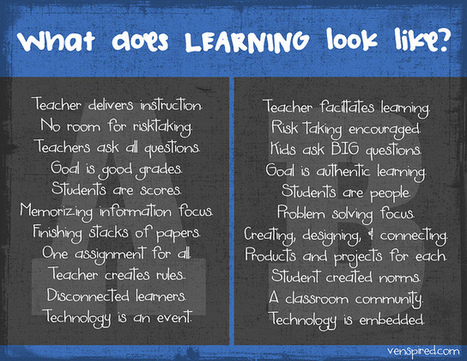Get Started for FREE
Sign up with Facebook Sign up with X
I don't have a Facebook or a X account
 Your new post is loading... Your new post is loading...
 Your new post is loading... Your new post is loading...
|

Vicki Butler's comment,
May 1, 2013 12:03 PM
These competencies remind me of Gardner's 5 Minds for the Future.

Vicki Butler's curator insight,
May 1, 2013 12:04 PM
These competencies are reflective of Gardner's 5 Minds for the Future and borrowing from Kathleen McClaskey's insights: Kathleen McClaskey's insight:Ben shared the curriculum that is experiential, learner-focused and based on these 7 MS competencies:
>> Self-Assessor: in health, mind, spirituality and organization >> Contributor: through empathy and understanding; making a difference to the surrounding world >> Creator: being an innovator, designer and maker of new things >> Communicator: with compassion through oral, written, visual, musical, non-verbal and dance. >> Collaborator: team member, leading and negotiating, sharing >> Explorer: showing curiosity, taking risks and experimenting >> Thinker: creative, critical, analytical, broad minded
They came up with the 3 Big Ideas last year. For one week three times during the year, there are themes where learners self-direct their learning.

Stephen Gwilliam's curator insight,
January 8, 2013 4:15 PM
Krissy Venosdale revised her Classroom A and Classroom B poster recently to represent "What does Learning Look Like". Some of these Classroom B descriptors indicate a learner-centered environment. What are some other descriptions that you would include?
Here are some of Krissy's thoughts behind Learning:
"Learning is a journey. Our kids change. The world changes. We change as teachers. This morning, I made a revised version of Classroom A versus Classroom B. As someone pointed out, it’s not a black and white issue. There is so much grey and so much individual choice. I’m not saying A or B is better for everyone. I’m saying you’ve gotta think and really understand what you want learning to look like in your classroom." 
Pilar Castro's curator insight,
May 21, 2013 11:48 AM
Es fundamental movernos de un enfoque centrado en la enseñanaza a un enfoque centrado en el aprendizaje. |

















Relationships will always be the heart of education